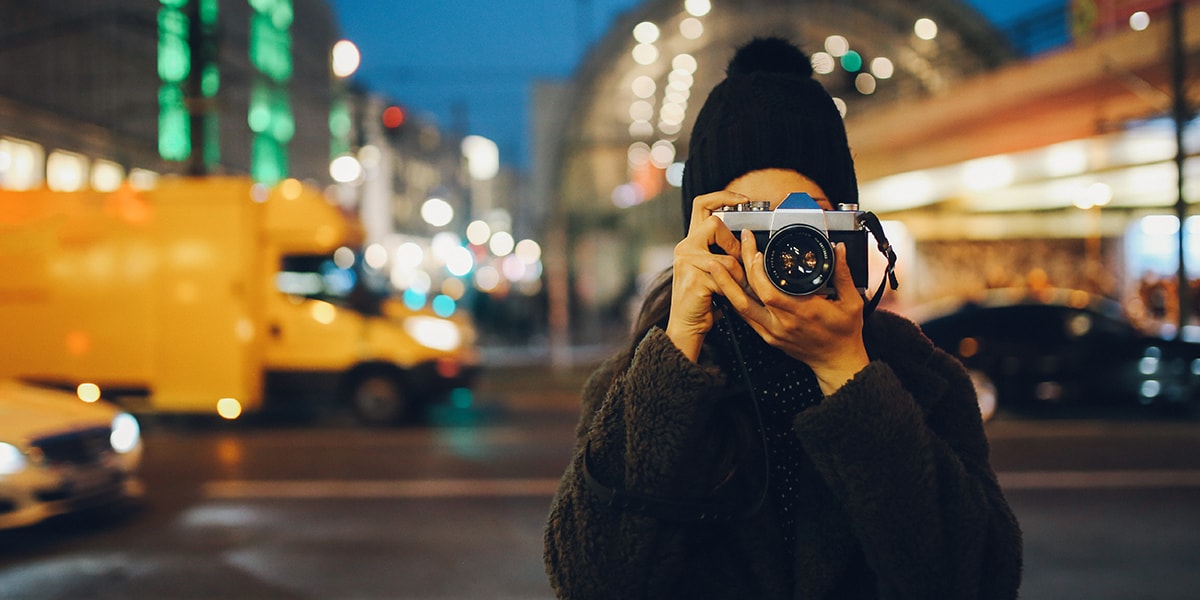The Of Framing Streets
Our Framing Streets Diaries
Table of ContentsGetting The Framing Streets To WorkThe 7-Second Trick For Framing StreetsFraming Streets Fundamentals ExplainedFraming Streets for DummiesExcitement About Framing StreetsThe Main Principles Of Framing Streets
, normally with the goal of recording images at a definitive or touching moment by mindful framing and timing. https://framing-streets-44888302.hubspotpagebuilder.com/framingstreets1/framing-streets-capturing-life-through-street-photography., who was motivated to take on a comparable documentation of New York City. As the city developed, Atget helped to advertise Parisian roads as a worthy topic for photography.

How Framing Streets can Save You Time, Stress, and Money.
Martin is the initial tape-recorded digital photographer to do so in London with a disguised camera. Mass-Observation was a social research study organisation established in 1937 which intended to tape-record day-to-day life in Britain and to tape-record the responses of the 'man-in-the-street' to King Edward VIII's abdication in 1936 to marry separation Wallis Simpson, and the sequence of George VI. The principal Mass-Observationists were anthropologist Tom Harrisson in Bolton and poet Charles Madge in London, and their initial record was generated as the book "May the Twelfth: Mass-Observation Day-Surveys 1937 by over two hundred observers" [] Home window cleaner at Kottbusser Tor, Berlin, by Elsa Thiemann c. 1946 The post-war French Humanist Institution digital photographers discovered their topics on the street or in the bistro. In between 1946 and 1957 Le Groupe des XV yearly showed work of this kind. Andre Kertesz. Circus, Budapest, 19 May 1920 Road photography formed the significant web content of two exhibits at the Museum of Modern Art (Mo, MA) in New york city curated by Edward Steichen, 5 French Professional Photographers: Brassai; Cartier-Bresson, Doisneau, Ronis, Izis in 1951 to 1952, and Post-war European Digital Photography in 1953, which exported the idea of road digital photography globally.
Fascination About Framing Streets
The recording equipment was 'a concealed video camera', a 35 mm Contax hidden under his coat, that was 'strapped to the chest go to this web-site and connected to a long cable strung down the ideal sleeve'. Nevertheless, his job had little modern effect as due to Evans' sensitivities about the originality of his task and the personal privacy of his topics, it was not released up until 1966, in the publication Lots of Are Called, with an intro created by James Agee in 1940.
Helen Levitt, then an educator of kids, related to Evans in 193839. She documented the transitory chalk illustrations - Sony Camera that belonged to kids's street culture in New York at the time, in addition to the youngsters who made them. In July 1939, Mo, MA's new digital photography section consisted of Levitt's operate in its inaugural exhibitRobert Frank's 1958 publication,, was significant; raw and usually indistinct, Frank's images examined mainstream photography of the time, "tested all the formal rules laid down by Henri Cartier-Bresson and Pedestrian Evans" and "flew in the face of the wholesome pictorialism and wholehearted photojournalism of American magazines like LIFE and Time".